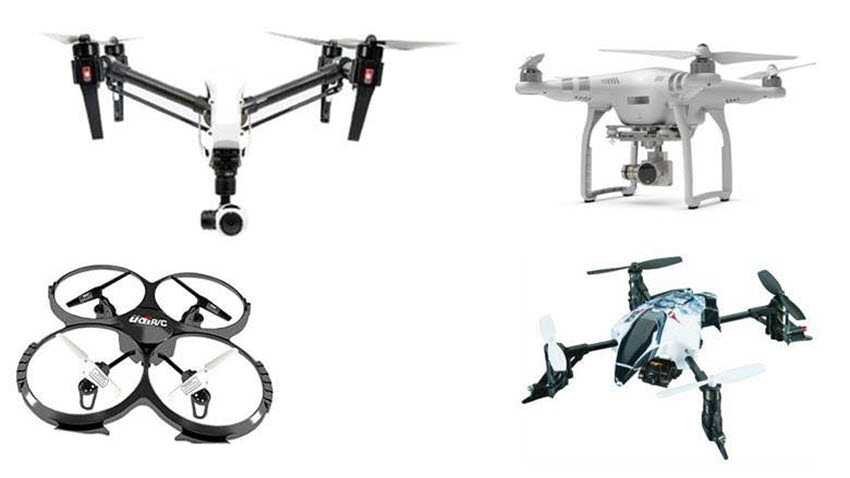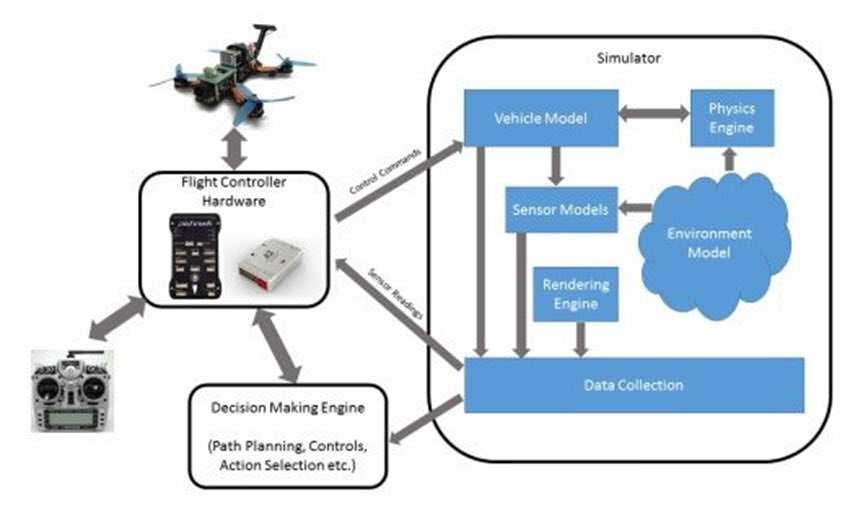Microsoft AirSim: One of the biggest challenges in construction of autonomous vehicles is dealing with the irregularities and adverse conditions of outdoor spaces: from battery life to how they react on winding roads and uneven terrain, flight in wind and rain, there are many things experts should check on their creations.
With this in mind, a team of Microsoft researchers developed an open source simulation tool to help train and control autonomous vehicles, drones and robots. The platform can "teach" vehicles to avoid obstacles just as they would in real conditions.
It's called Aerial Informatics and Robotics Platform, or AirSim for short. The application is available for Linux and Windows, and will allow you to create a random environment to train your bot or vehicle, experiment with various models, and test various scenarios and spaces.
It is worth noting that the software is not designed to completely replace the real-world tests, but rather to complement them, allowing you to simulate a wide range of tests as often as necessary.
Except from the creation situations that mimic the real world, AirSim also includes systems for realistic simulation of various lighting conditions and tree stands, which will help train robotic models to understand how to calculate depth, avoid obstacles, and more.
AirSim supports audits for DJI and MavLink drones out of the box but also supports other stand-alone vehicles, platforms and software protocols by adding special modules to the software.
If you want to try AirSim you can download it from its repository at GitHub.
https://github.com/Microsoft/AirSim





